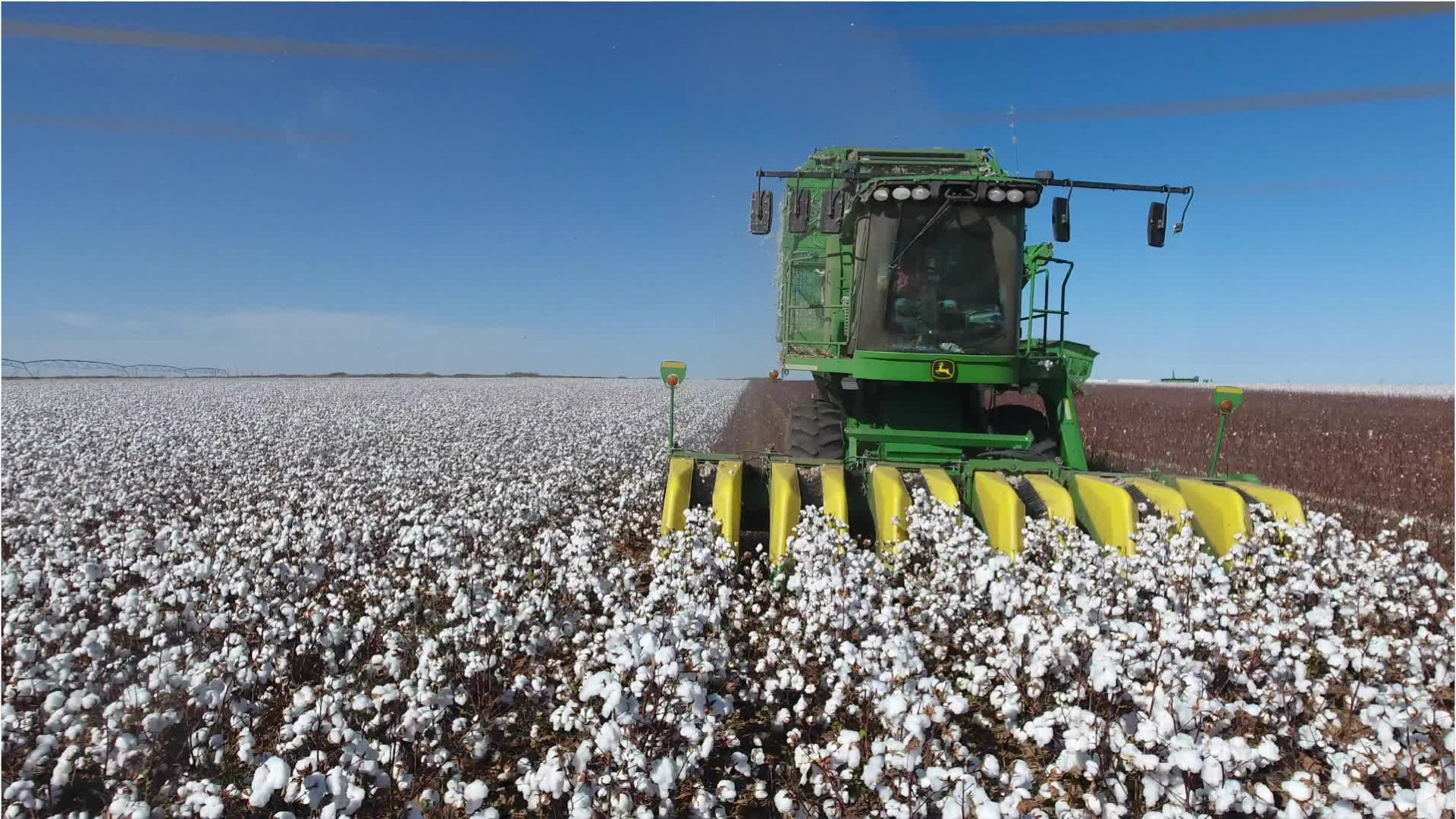Farmworkers & Laborers, Crop, Nursery, & Greenhouse
Greenhouse Worker, Grower, Harvester, Nursery Worker
What they do:
Manually plant, cultivate, and harvest vegetables, fruits, nuts, horticultural specialties, and field crops. Use hand tools, such as shovels, trowels, hoes, tampers, pruning hooks, shears, and knives. Duties may include tilling soil and applying fertilizers; transplanting, weeding, thinning, or pruning crops; applying pesticides; or cleaning, grading, sorting, packing, and loading harvested products. May construct trellises, repair fences and farm buildings, or participate in irrigation activities.
On the job, you would:
- Record information about crops, such as pesticide use, yields, or costs.
- Direct and monitor the work of casual and seasonal help during planting and harvesting.
- Participate in the inspection, grading, sorting, storage, and post-harvest treatment of crops.
Knowledge
Manufactured or Agricultural Goods
- food production
Math and Science
- biology
Skills
Basic Skills
- talking to others
People and Technology Systems
- figuring out how a system should work and how changes in the future will affect it
Abilities
Hand and Finger Use
- keep your arm or hand steady
- hold or move items with your hands
Physical Strength
- use your lower back and stomach
- lift, push, pull, or carry
Endurance
- exercise for a long time without getting out of breath
Controlled Movement
- quickly change the controls of a machine, car, truck or boat
Personality
People interested in this work like activities that include practical, hands-on problems and solutions.
They do well at jobs that need:
- Dependability
- Perseverance
- Attention to Detail
- Integrity
- Stress Tolerance
- Cautiousness
Technology
You might use software like this on the job:
Electronic mail software
- IBM Lotus Notes
- Microsoft Outlook
Presentation software
- Microsoft PowerPoint
Data base user interface and query software
- BCL Landview Systems WinCrop
- Farm Works Software Trac
Education
Education: (rated 1 of 5)
no high school diploma/GED or
high school diploma/GED
usually needed
high school diploma/GED
usually needed
Job Outlook
Below Average
New job opportunities are less likely in the future.
Explore More
- Agricultural Equipment Operators
- Farmworkers, Farm, Ranch, & Aquacultural Animals
- Graders & Sorters, Agricultural Products
- Landscaping & Groundskeeping Workers
- Pesticide Handlers, Sprayers, & Applicators, Vegetation
You might like a career in one of these industries:
See more details at O*NET OnLine about Farmworkers & Laborers, Crop, Nursery, & Greenhouse.





